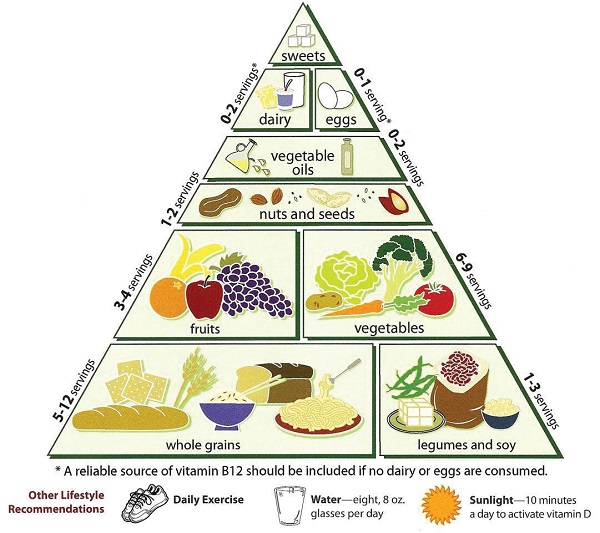
By Cassandra Sedler
Staff Writer
About one third of all food made in America gets thrown away each day, according to The United States Department of Agriculture.
Food that is safe and edible gets tossed in the garbage and forgotten about by the majority of us, while so many others go hungry that day, and are desperate for anything to eat.
Food waste is not just a problem within the average American family home, but the impractical need for crops that are perfectly appealing to the human eye has also contributed to the billions of pounds of food that gets wasted each year.
Some grocery stores and other restaurants have tried to help with this problem by donating bakery items, other leftovers to local food banks or shelters. However, this should be a common practice across all food chains.
In a study conducted on behalf of the Food Waste Reduction Alliance, more than 84 percent of food waste from restaurants ended up in the landfill, 14.3 percent was recycled, and only 1.4 percent was donated to charity.
Food conservation efforts made by restaurant chains and consumers alike could not only save the U.S billions of dollars, but more importantly, could help to feed the millions of people suffering from starvation.
The act of simply donating leftover food at the end of each day could decrease food waste, but some restaurants are taking it to an even more eco-friendly level by using “recycled” ingredients that would have otherwise been thrown away to prepare their dishes.
In an effort to be more food waste transparent, some restaurants now repurpose produce scraps like broccoli stems, carrot greens, or potato peelings to be used in their main courses.
Despite the fact we are able to produce sufficient amounts of food, the way food is distributed is ineffective.
We are facing a major paradox within the food system, in which an extraordinary amount of food is being produced, only to then go to waste.
Meanwhile, approximately one in nine people continue to go hungry every day.
If a collaborative effort was made by both consumers, restaurants and grocery stores to decrease a significant amount of food waste either by donating leftovers to local food banks or shelters, or recycling food by repurposing or composting, billions of U.S dollars could be saved while helping those less fortunate.
Email Cassandra at:
csedler@live.esu.edu

